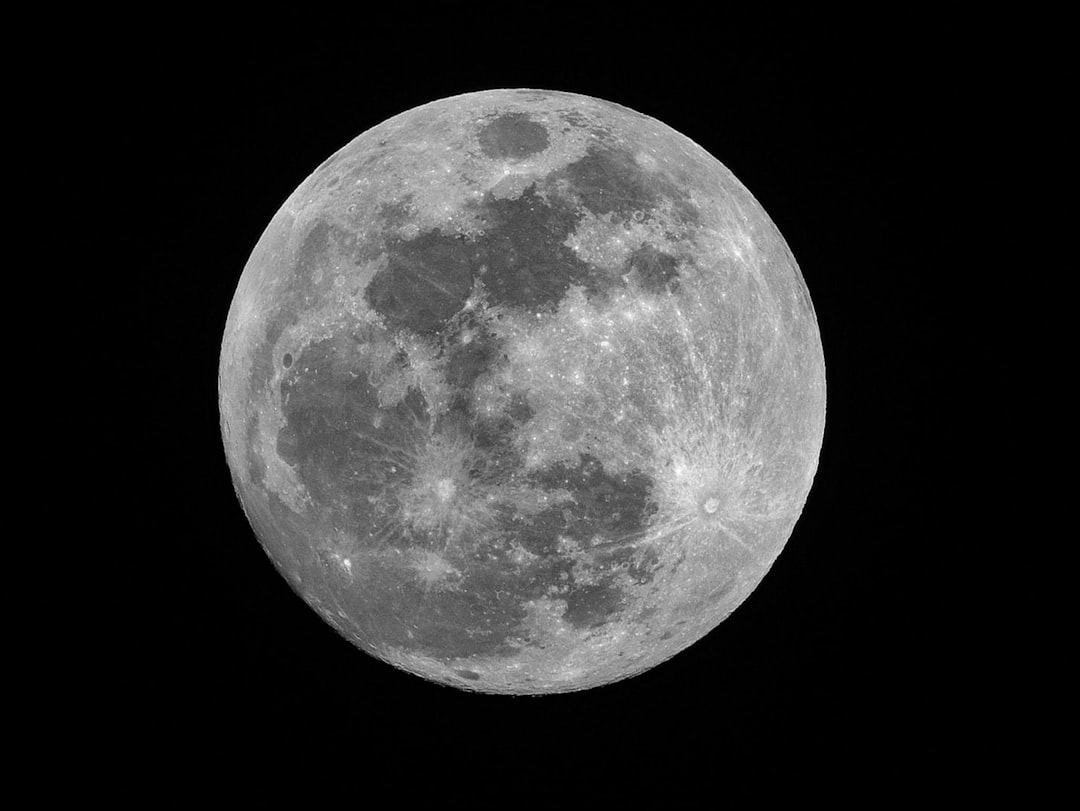Blood moon has captivated people for centuries with its mysterious and captivating appearance. But what exactly is a blood moon and why does it hold such intrigue? In this article, we will delve into the fascinating world of blood moons, uncovering their origins, meanings, and celestial wonders.
Understanding the Blood Moon
A blood moon occurs during a total lunar eclipse when the Earth positions itself directly between the sun and the moon, casting a shadow over the moon. The term “blood moon” is derived from the reddish hue the moon takes on during this celestial event. This phenomenon happens because the Earth’s atmosphere scatters sunlight, allowing red light to pass through and reach the moon, creating an enchanting crimson glow.
The science behind the blood moon is truly remarkable. As sunlight passes through the Earth’s atmosphere, it undergoes a process called Rayleigh scattering, which causes shorter wavelengths of light, such as blue and green, to scatter, while longer wavelengths, like red and orange, pass through. This results in the moon appearing red or copper-colored during a total lunar eclipse, hence the name blood moon.
The Mystique and Symbolism
Throughout history, blood moons have been steeped in mystique and symbolism. In many cultures and traditions, a blood moon is considered a powerful omen or harbinger of change. Ancient civilizations believed that a blood moon signified significant events, such as wars, natural disasters, or shifts in power.
For example, in Norse mythology, a blood moon was seen as a warning of impending doom, while in some Native American traditions, it was a time for introspection and spiritual renewal. Even today, many people view a blood moon as a time for reflection and transformation, connecting with the rhythms of the cosmos and embracing change.
The Cultural Significance
The blood moon holds a special place in various cultures and religions around the world. In Christianity, for instance, a blood moon is often associated with biblical prophecies and apocalyptic visions. The Book of Revelation references the moon turning to blood as a portent of the end times, adding to the mystique and reverence surrounding this celestial event.
Moreover, in some cultures, a blood moon is celebrated as a time of renewal and rebirth, symbolizing the cyclical nature of life and the eternal dance of light and darkness. Festivals and rituals are held during blood moons to honor the cosmic forces at play and to seek guidance from the celestial realms.
The Wonder of Witnessing a Blood Moon
Experiencing a blood moon firsthand is a breathtaking and awe-inspiring moment. Watching as the moon transitions from its usual silvery glow to a deep, rich red can evoke a sense of wonder and connection to the vast expanse of the universe. Whether witnessed alone in the quiet of night or shared with friends and family, a blood moon is a reminder of the beauty and majesty of the cosmos.
In conclusion, the blood moon remains a captivating celestial phenomenon that continues to intrigue and inspire people around the world. Whether viewed through the lens of science, mythology, or spirituality, the allure of a blood moon transcends boundaries and unites us in wonder and reverence for the mysteries of the universe. So, next time a blood moon graces the night sky, take a moment to pause, look up, and marvel at the celestial dance unfolding before your eyes.

